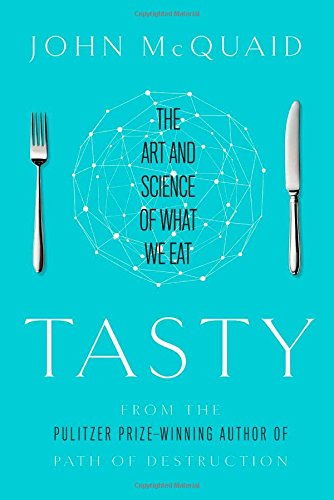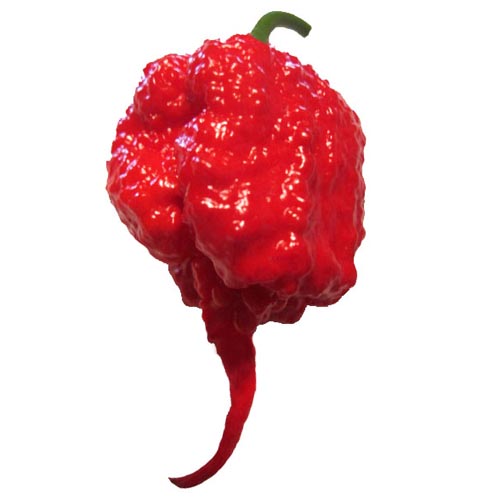Share

Cover of “Tasty”
John McQuaid’s new book Tasty: The Art and Science of What We Eat is not only the best coverage so far of the nature of flavor and human taste, it’s an excellent introduction to capsaicin, the chemical that makes chile peppers hot. In just 28 pages in the chapter “Quest for Fire,” McQuaid, covers the history behind chiles, why chiles have capsaicin, and why chileheads are so fascinated with the hottest peppers in the world. His editors have forced him to use the “chili” spelling, so please forgive him–he’s not speaking of the greasy Texas bowl o’ red, but the peppers themselves:
“The worldwide chili pepper trade is 25 times the size it was fifty years ago, [but] the world’s population [is] only 2.2 times larger. The race to breed superhot peppers is the vanguard of this heat movement. Aficionados belong to a passionate subculture whose ethos falls somewhere between those of wine connoisseurs and Star Trek fans, obsessed with the minutiae of seed trading, cultivar purity, and the Scoville Scale.”
So if you’re a chilehead and people are clamoring to know why you love these fruits so much, especially the superhots, just recommend that they buy this book and go to page 161. McQuaid will answer their questions in one informative chapter.











